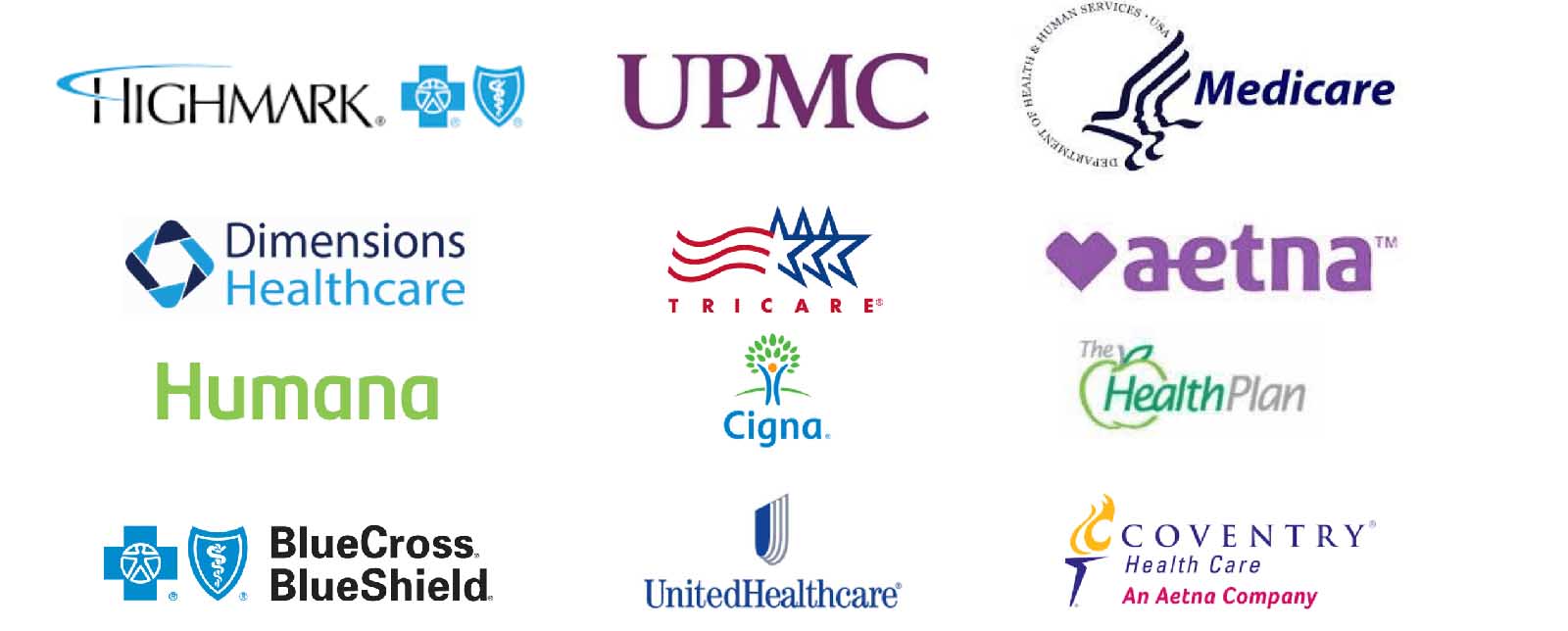
Understanding healthcare: Hospitals made prices accessible to the public
Healthcare in the U.S. is like a jigsaw puzzle you have to solve, but you have no reference picture whatsoever to put the pieces together. Even if you put the puzzle together, you’ll still be charged too much money. Simply put: Without public knowledge of healthcare costs, healthcare is nearly impossible to be accessible for everyone.
Part of this comes from “chargemasters”, the list of prices hospitals keep for various procedures. This information is typically kept private, with only insurance companies & the hospital themselves knowing the contents of their chargemaster. However, 2021 is finally the year some hospitals will have to disclose prices.

Much needed healthcare reform
As part of their charge to improve America’s healthcare system, the Trump Administration put in place new transparency rules about prices for medical procedures. Prior to 2021, hospitals would privately negotiate these prices with health insurance companies. The only time you would find out the price is when you got a bill from a hospital stay.
Some of the nation’s biggest hospital chains, including HCA Healthcare, Community Health Systems, and United Health Services fought back against these rules. Launching legal action against the Health and Human Services Administration, the hospital chains claimed revealing these prices wouldn’t benefit consumers as prices are renegotiated all the time.
On December 30, the U.S. Court of Appeals for the District of Columbia sided with the District Court on the decision. Judge David S. Tatel claimed while the rates may change before a patient receives their final bill, having the prices readily available will help patients estimate their out-of-pocket expenses. Therefore, these new rules help pave the way towards more accessible healthcare, according to Tatel.

Why price matters to healthcare accessibility
Not every health insurance plan is created equal. You probably know of the obvious differences between plans, like doctors only accepting certain types of insurance, and the premium you, personally, have to pay for your plan – but there’s much more that goes into the price of healthcare, which directly affects how accessible it is.
Oftentimes, plans with the lowest premiums have the highest deductible. A deductible is the amount of money you have to pay toward your healthcare before your insurance will pay any amount. While some plans offer cheaper amounts like $500 or $600, some plans can have deductibles up to $10,000.
This means even if you go to the hospital and spend your entire deductible, you’re still on the hook for $10,000 of that trip. Sure, if you’re having a heart attack or another emergency, you don’t have time to shop around and find the best price, but for those who need a less-urgent procedure like a knee replacement or gastric bypass, this makes it easier to ensure the most bang for your buck.

How these changes work
As of today, January 1, 2021, hospitals must disclose the standard prices for all procedures, including negotiated rates for those with insurance, and a rate list for 300 shoppable procedures. These lists must be in a machine-readable & consumer-friendly format.
To ensure hospitals are enforcing these new rules the HHS will audit a selection of hospitals across the country to make sure they have a rate list readily available. For those hospitals who fail to make their healthcare prices accessible to the general public the HHS will fine hospitals $300 per a day until they put these policies into place.

It’s important to note these lists are not the final price a patient will pay in the hospital. Many other factors will come into play for your final bill, including if the hospital & doctors are in network with your insurance, how much of your deductible is left, or if the procedure itself is covered by your insurance.
Nevertheless, you should use these tools if you want to have any medical procedures in 2021. By using these lists provided by your local hospitals in the U.S., you can get an idea of what you’ll owe at the end of the day. Experts believe these rules will help make healthcare more accessible to everyone, and is a step the U.S. needs to take toward healthcare reform.



